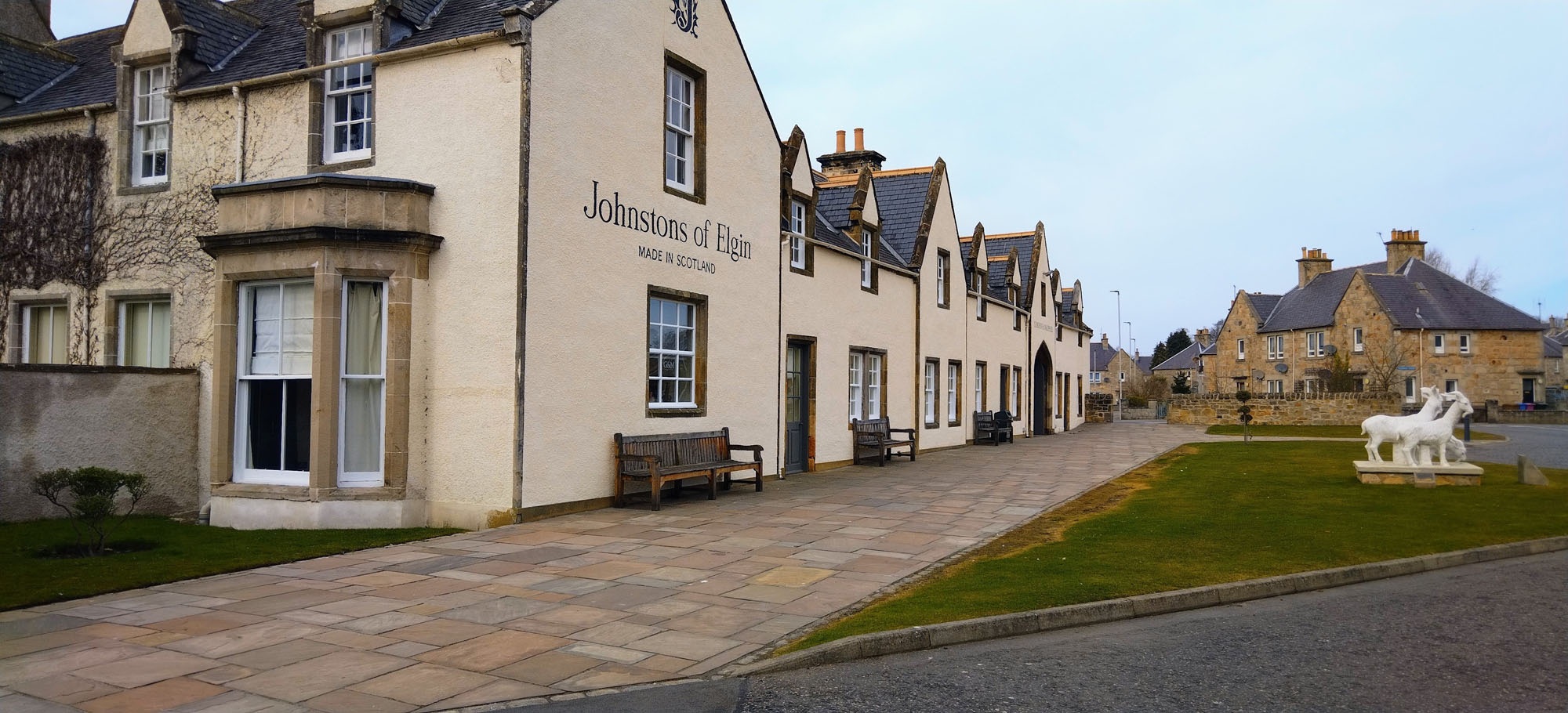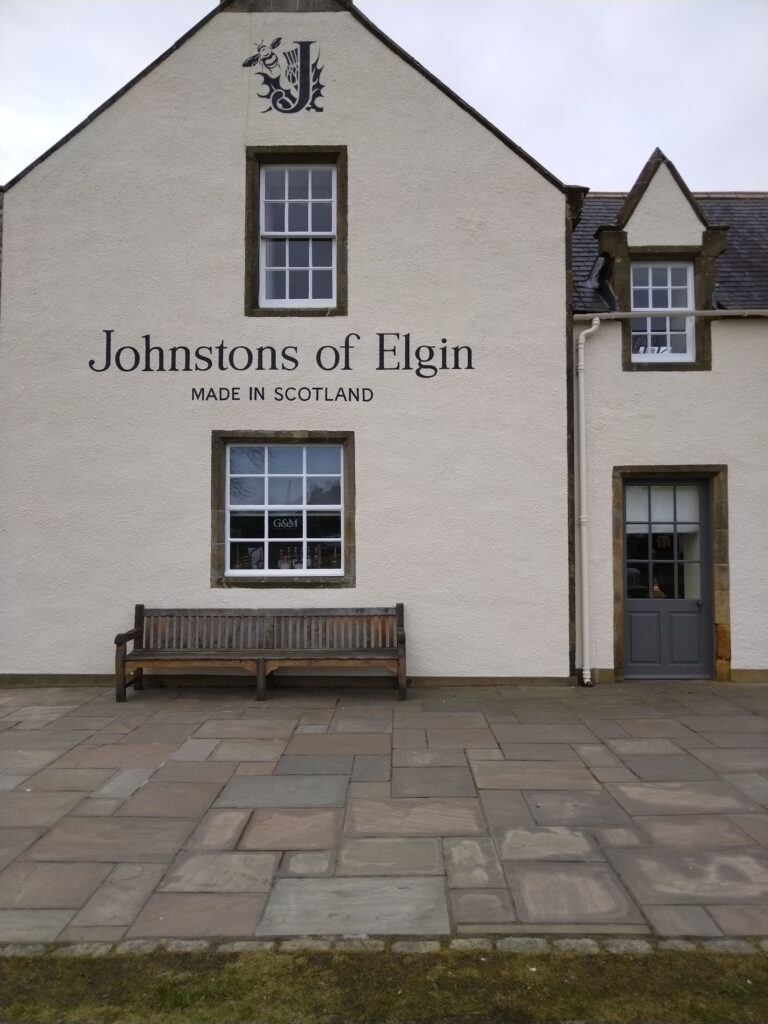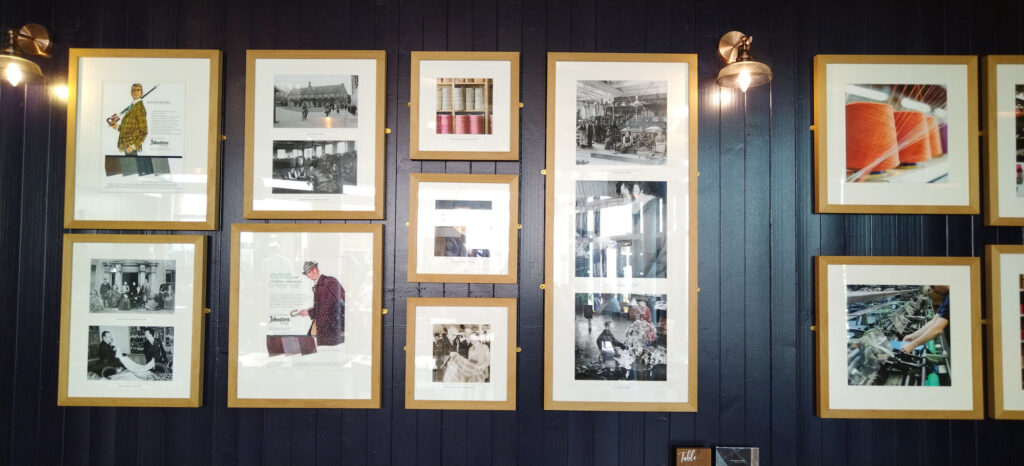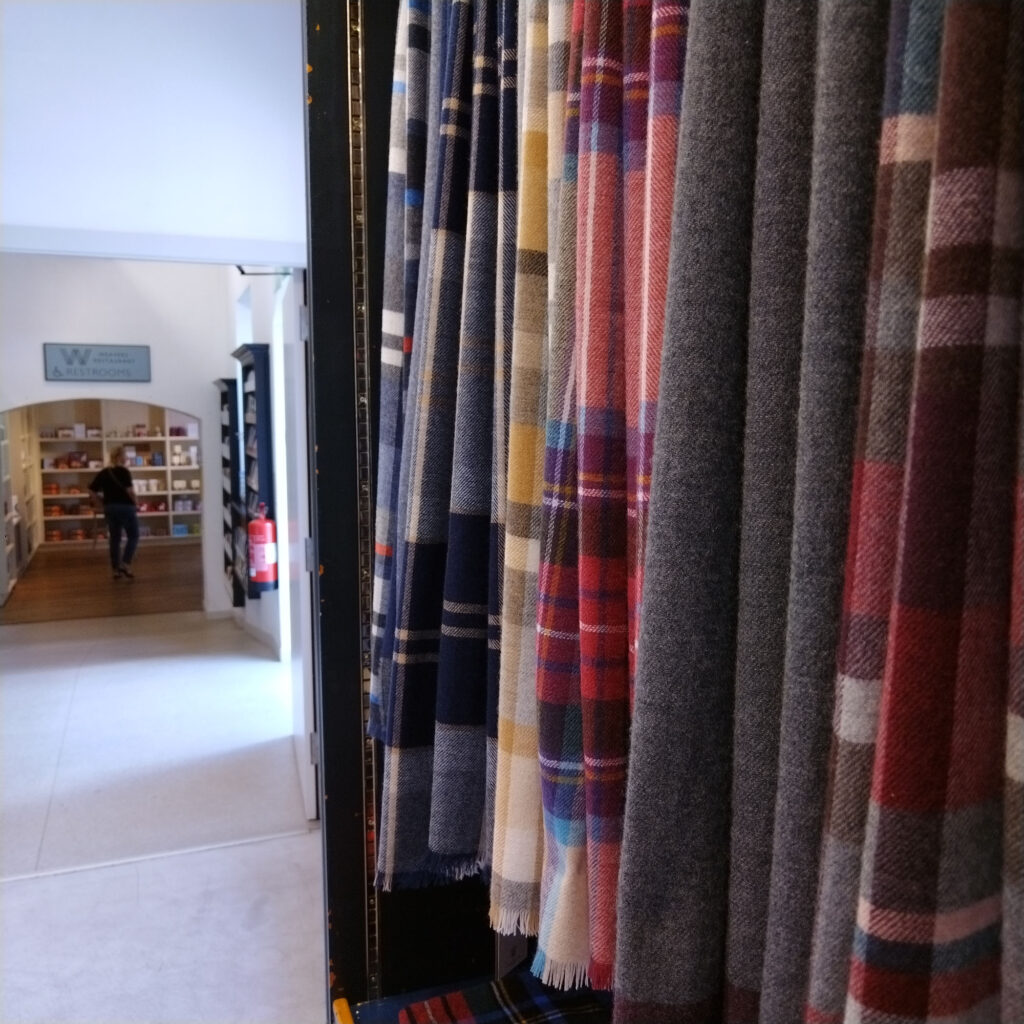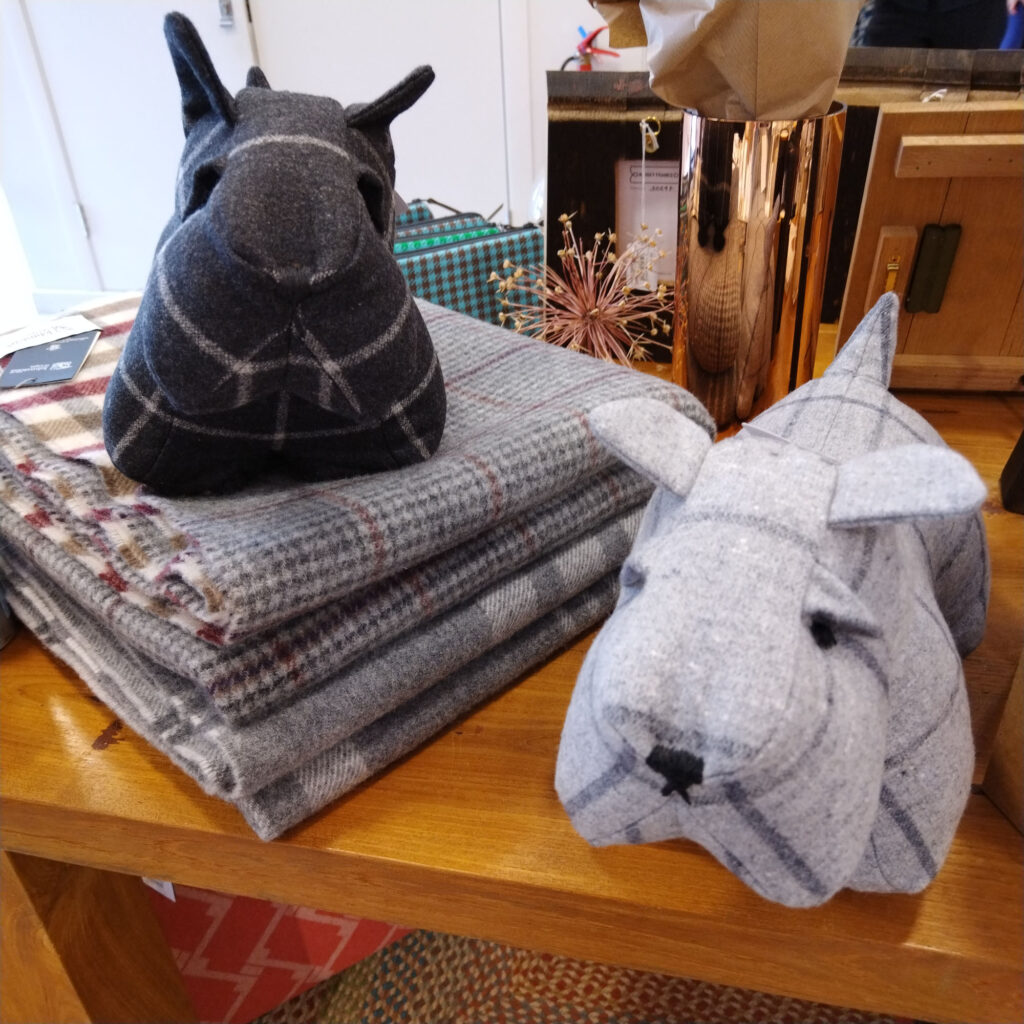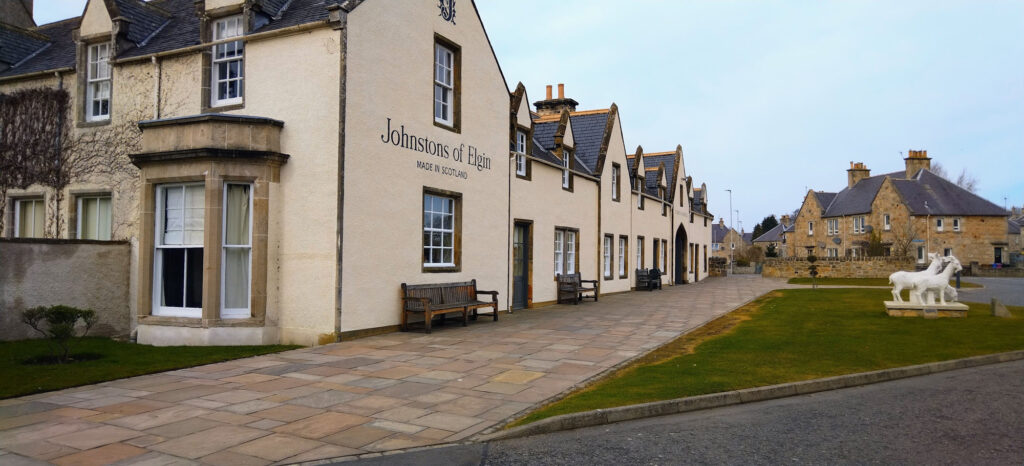Scotch whisky, often referred to as “the water of life,” holds a revered place in Scottish culture and history. The Speyside region, nestled in Moray, is particularly renowned for producing whiskies with distinctive characteristics. Understanding these nuances and the art of whisky tasting can greatly enhance one’s appreciation of this esteemed spirit.
Characteristics of Speyside Whisky
The whisky of the Spey side is characterised for a delicate smokey flavour that is given to the whisky by the peat. The peat in the Spey side is different from the peat in the west coast and it give the speyside whisky a softer smoky aroma.
Speyside whiskies are celebrated for their elegance and complexity. While some regions impart a pronounced smoky flavor due to the use of peat, Speyside whiskies typically exhibit a more subtle smokiness. This is attributed to the unique composition of the local peat and the distillation techniques employed. As a result, Speyside whiskies often present softer smoky aromas, complemented by notes of fruit, nuts, and malt.
Essential tips to taste whisky for beginners
The whisky is aged in wood barrels or casks that give the whisky its characteristic taste and aroma. The wood generally give the whisky a vanilla aroma that you can appreciate when you smell an empty glass of whisky. Of course the glass will be empty cause you drunk the whisky.
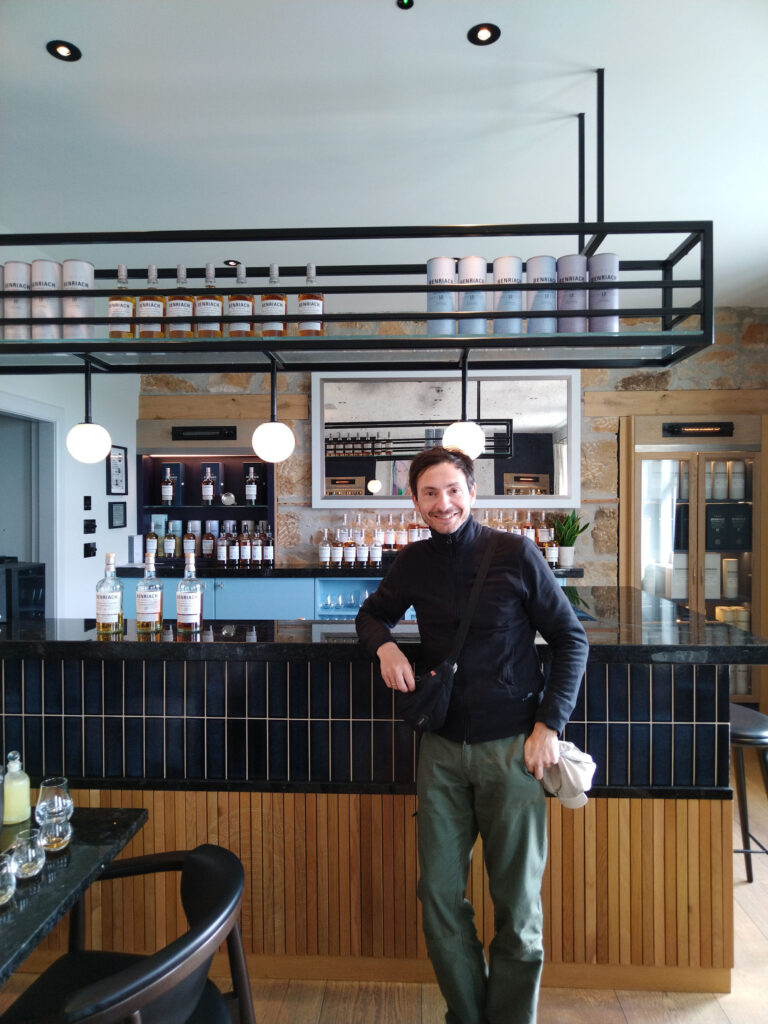
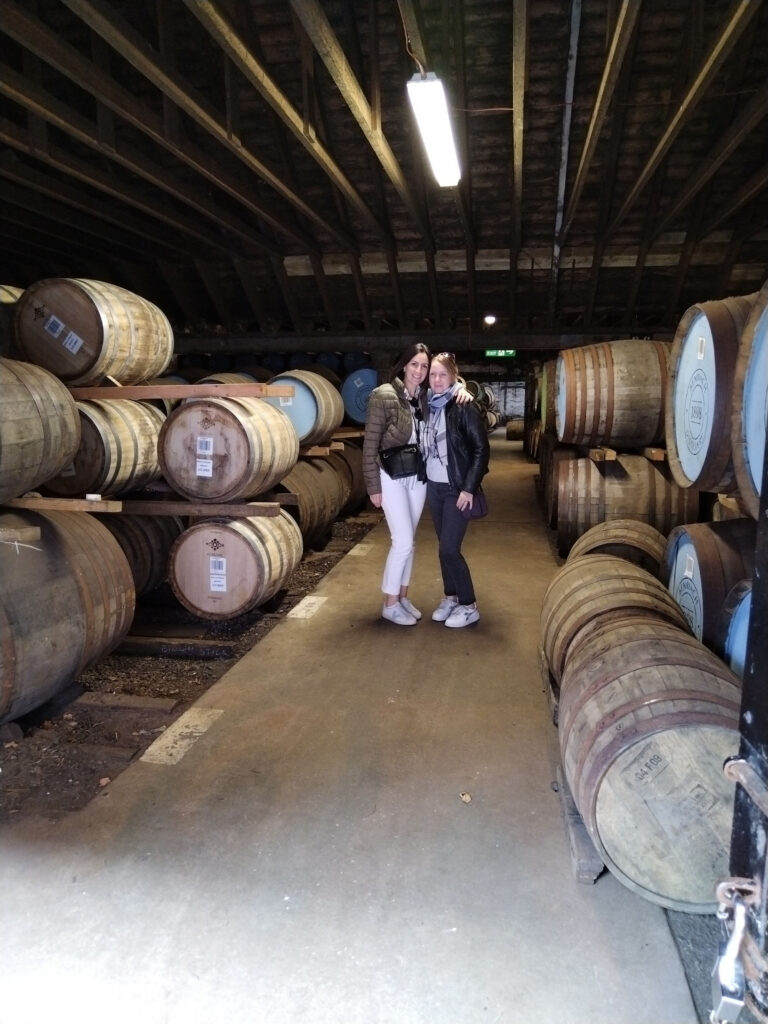
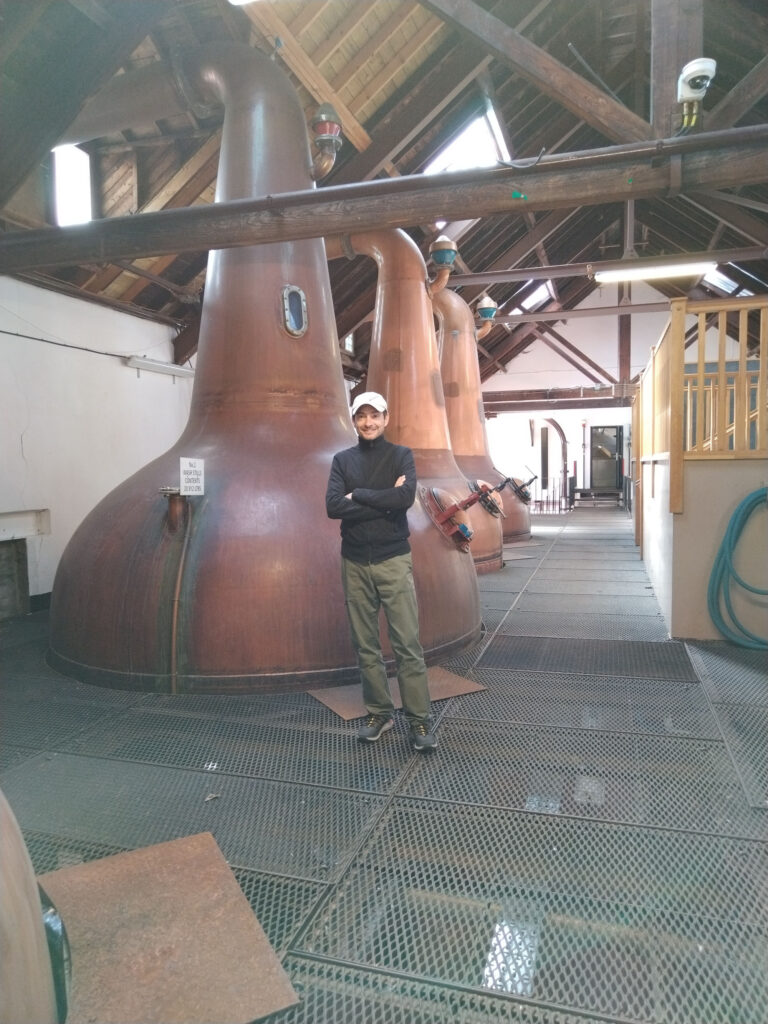
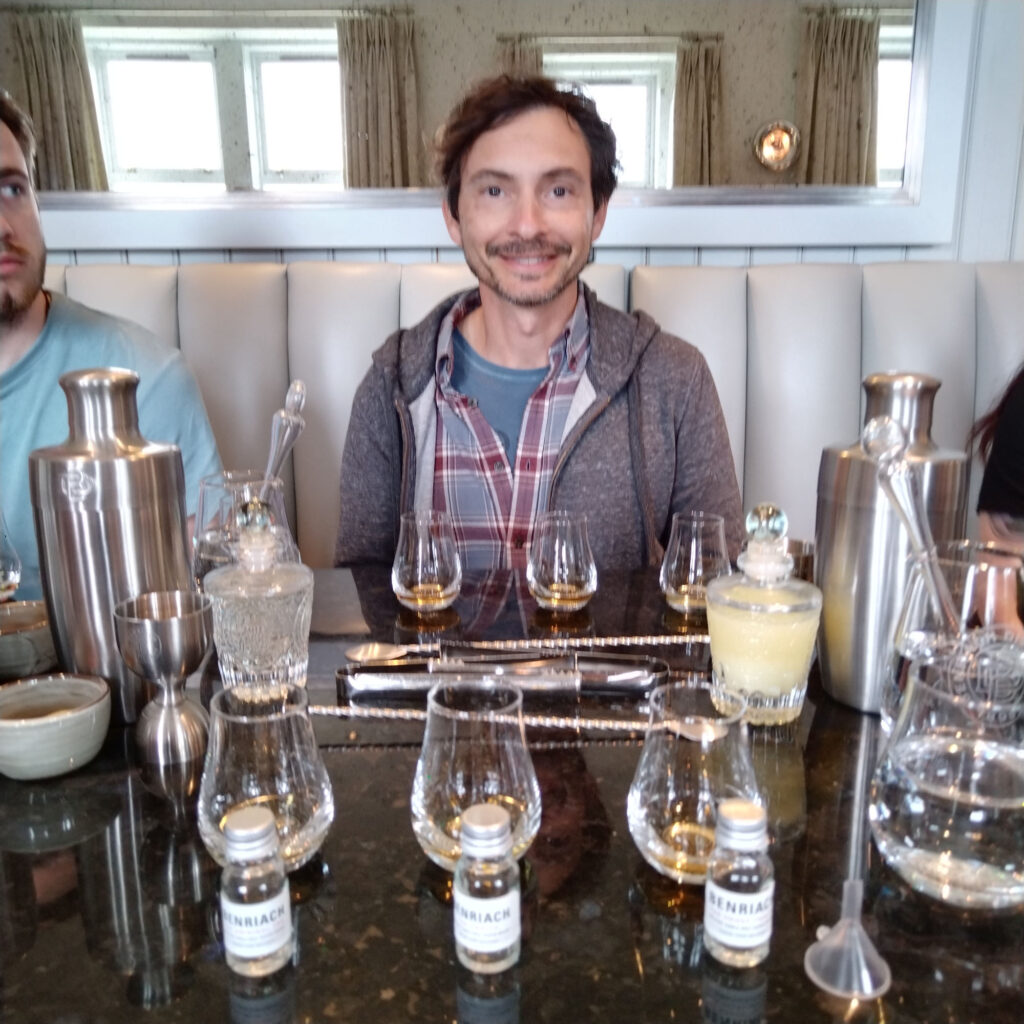
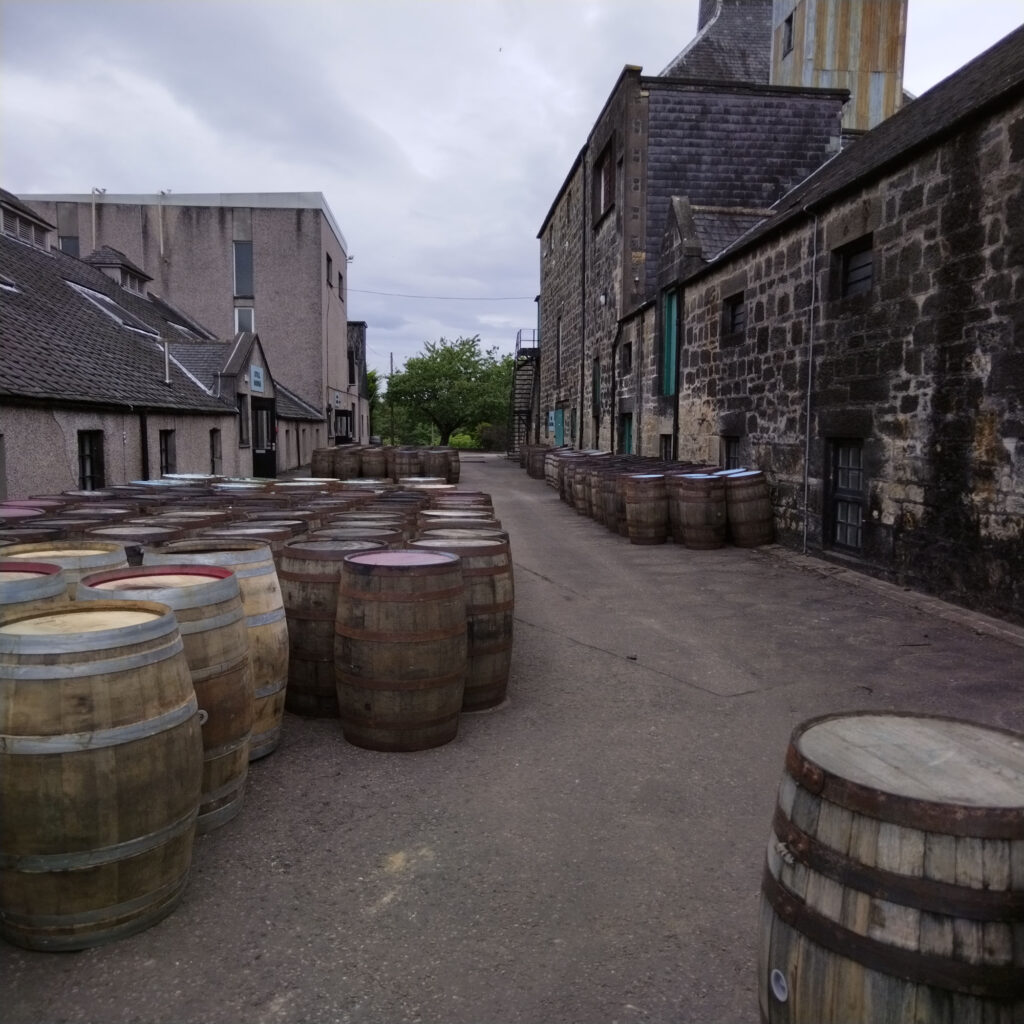
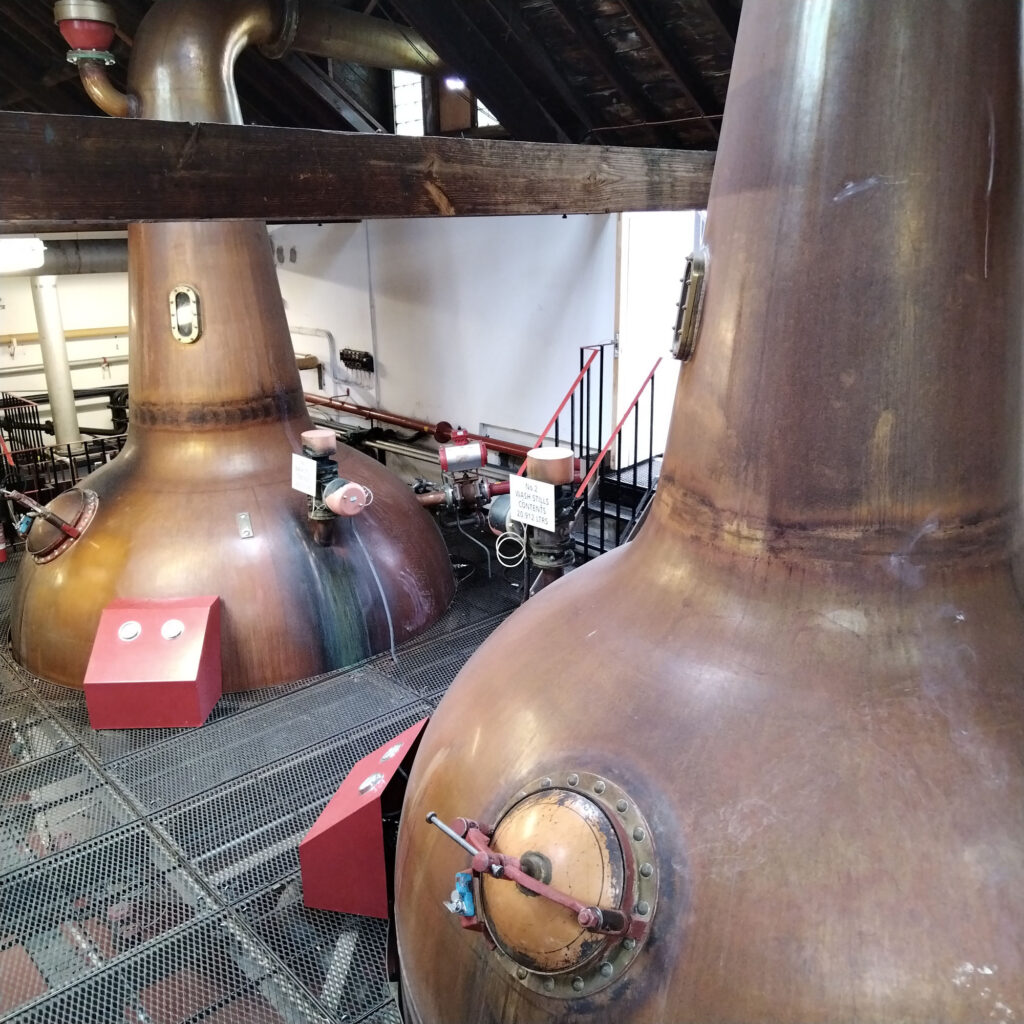
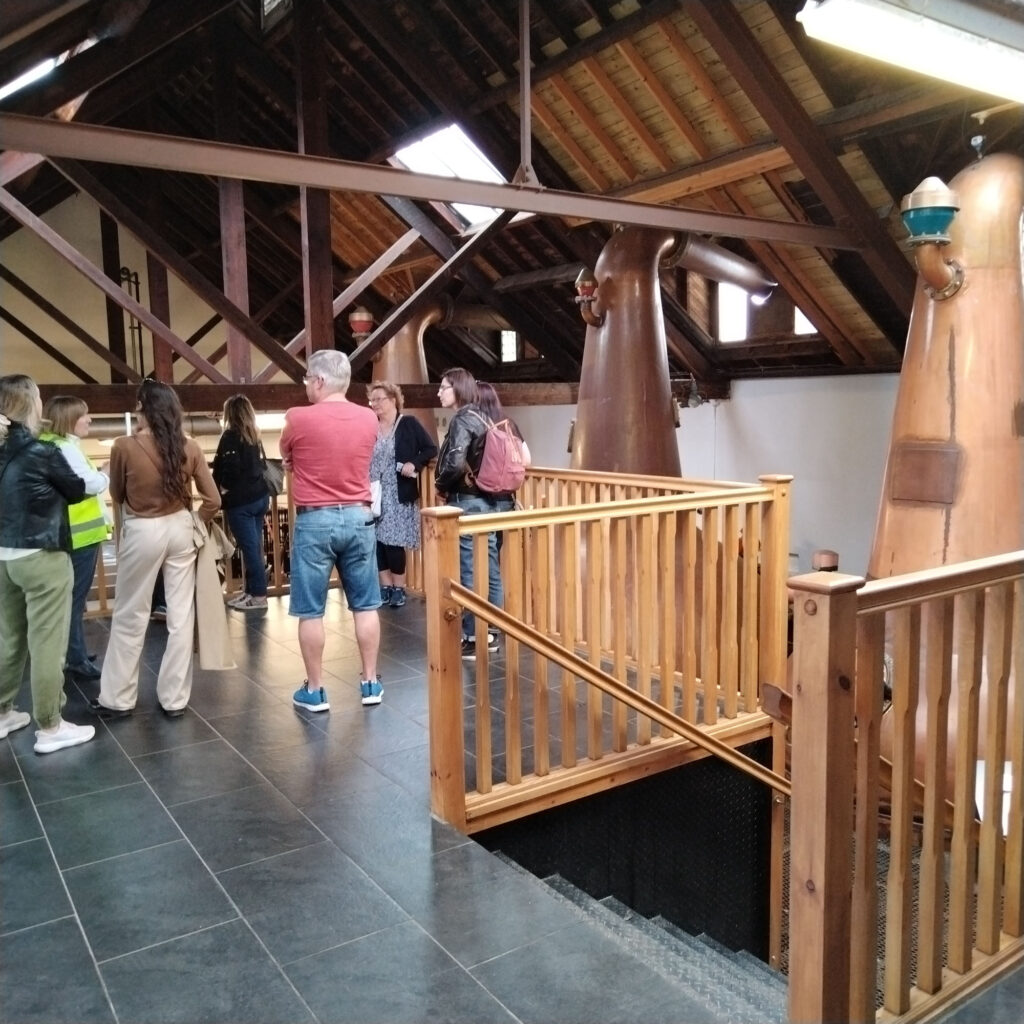
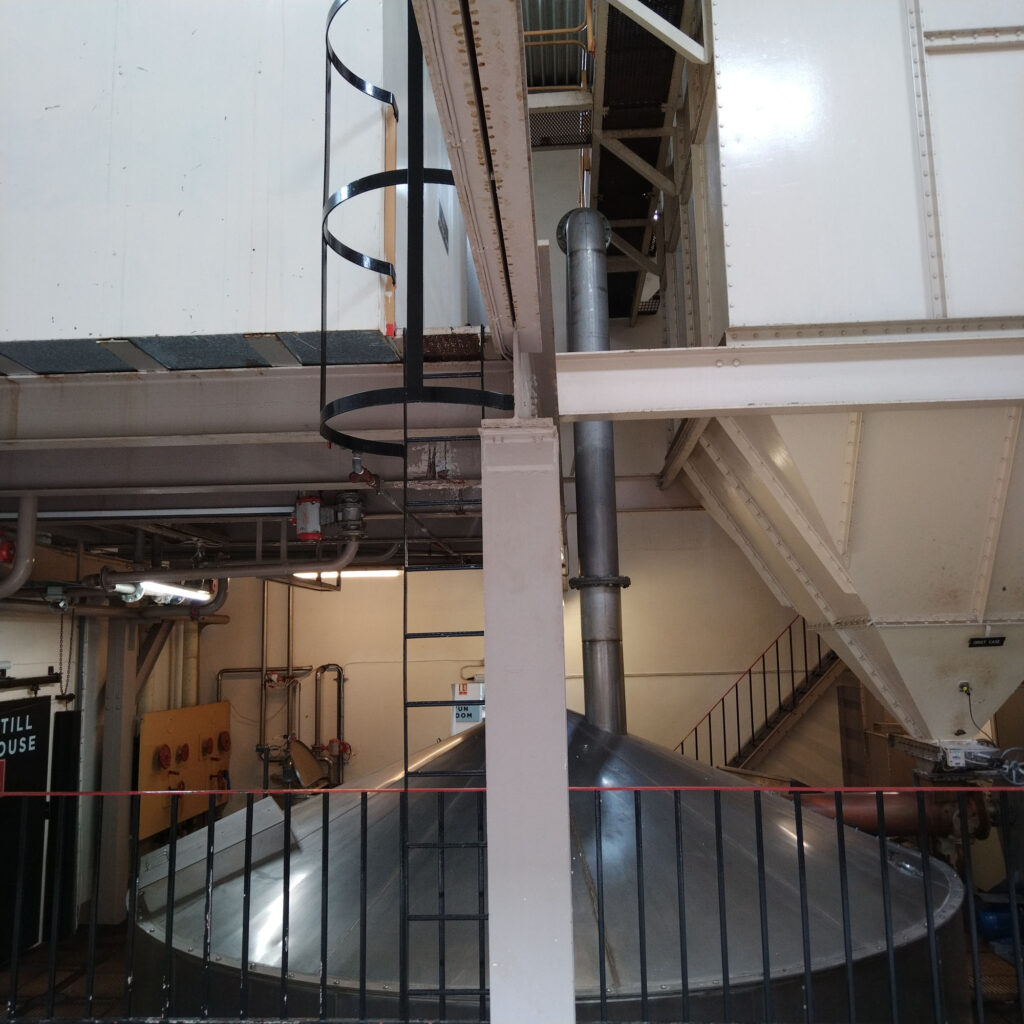
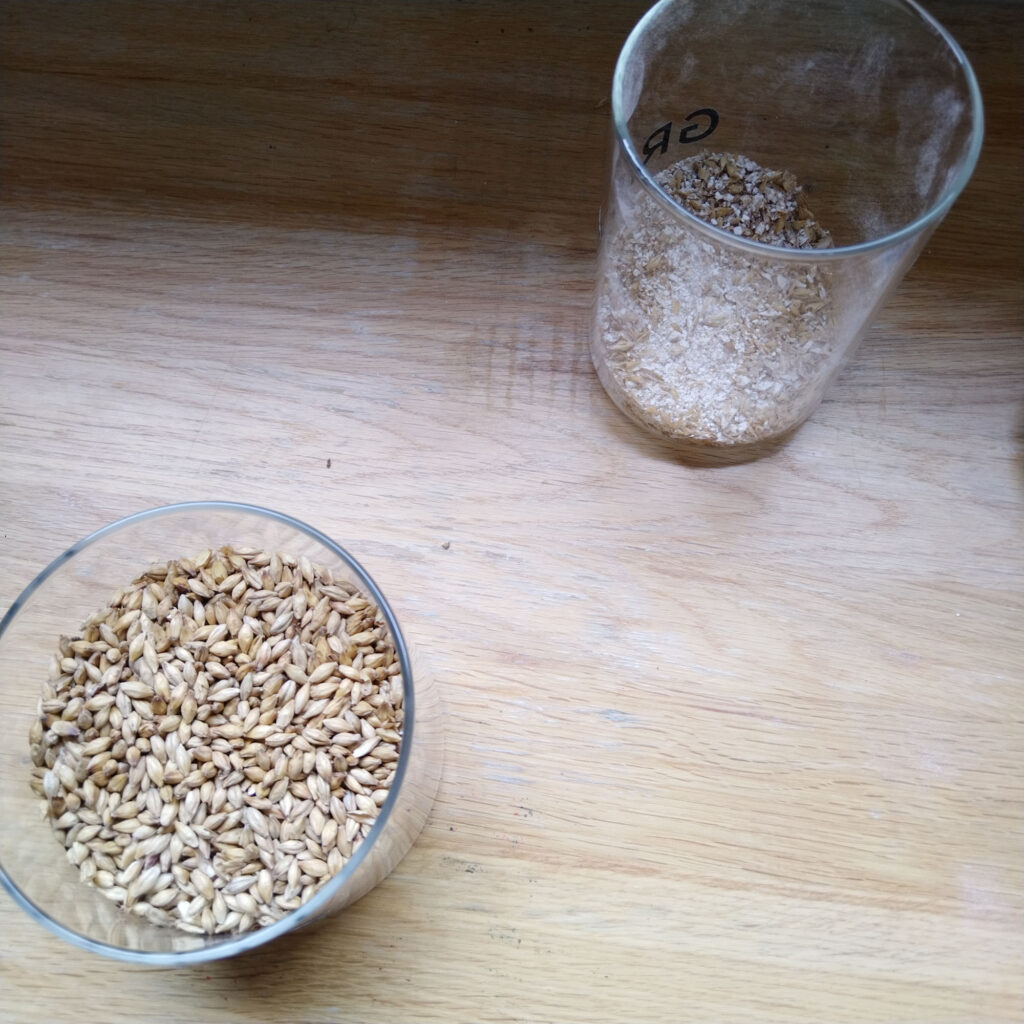
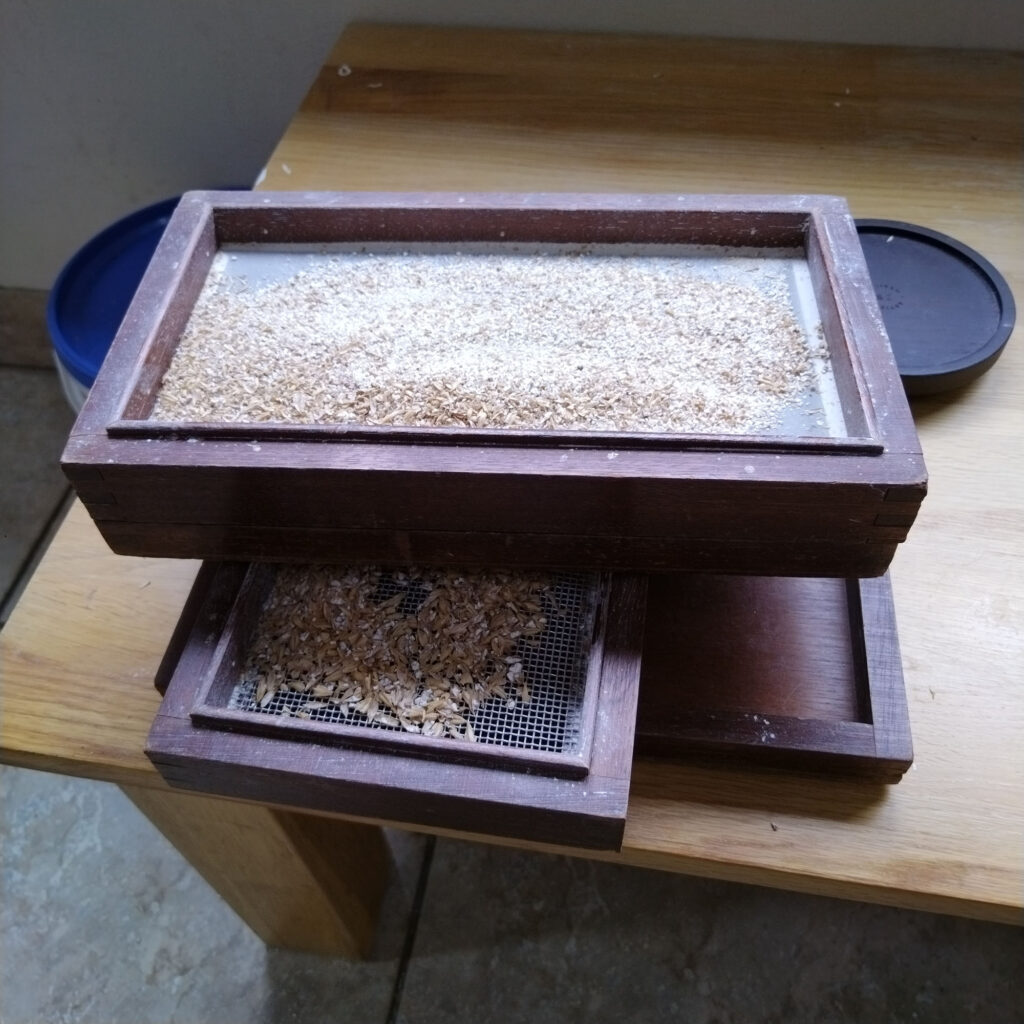
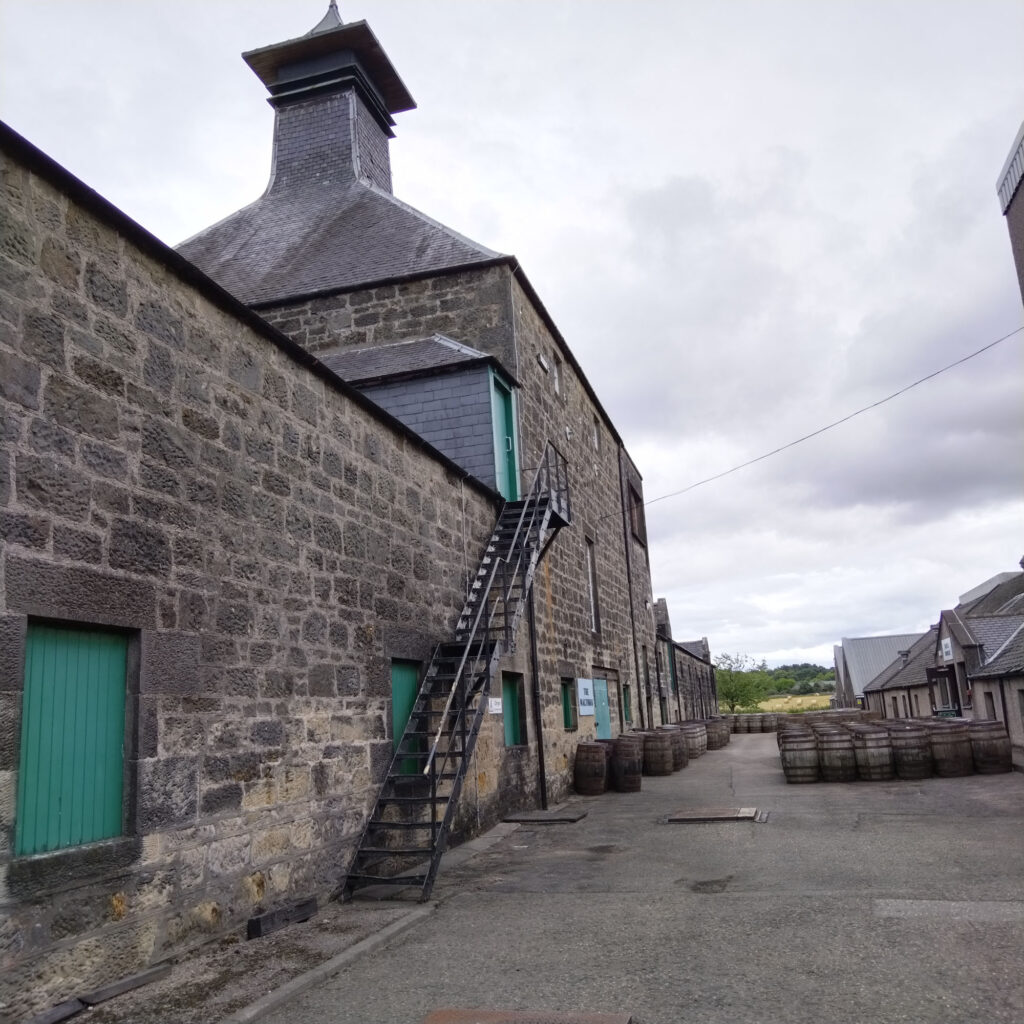
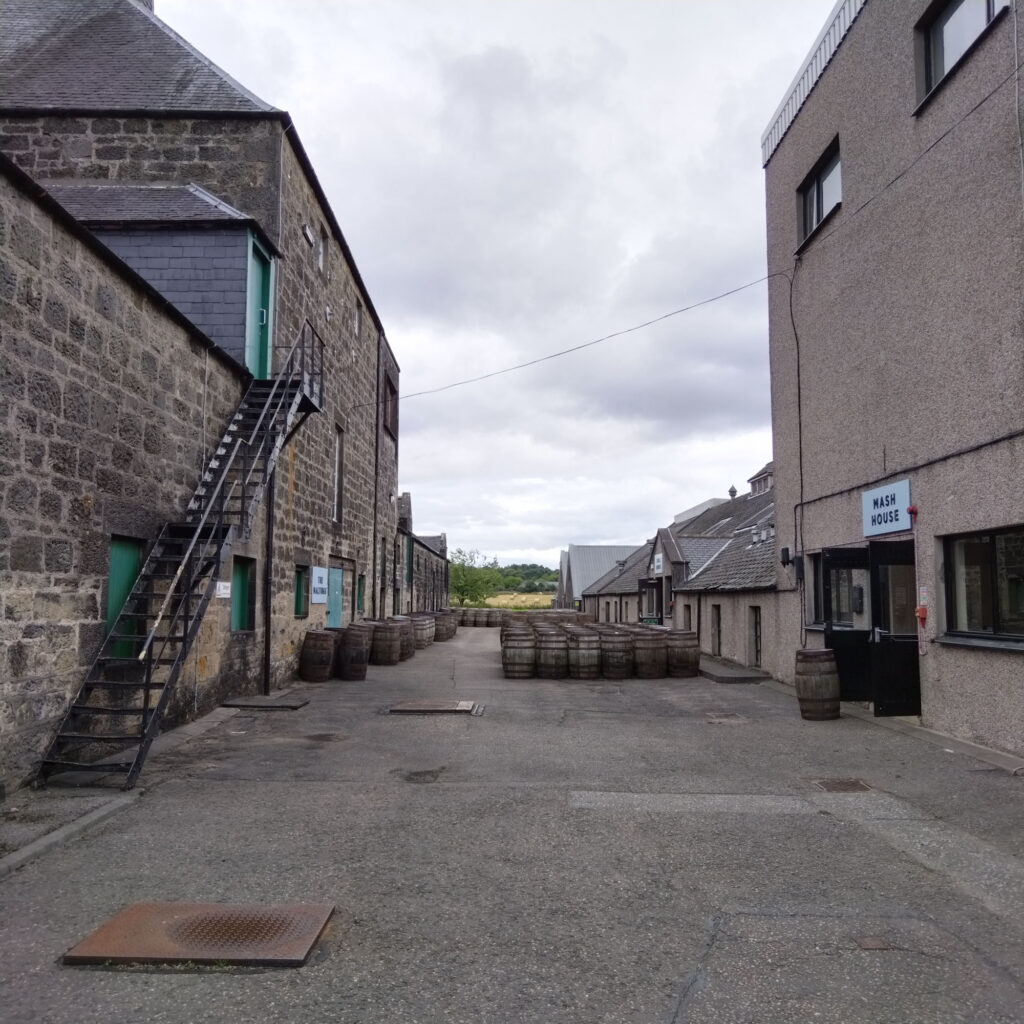
How is whisky made?
Whisky is made from malt malted barley, fresh spring water, and yeast. At the beginning whisky is similar to a beer and than it’s distilled and the “spirit” is produced from the distillation of the watered malt.
Then the spirit, which is 100% transparent and 100% alcohol is diluted with water and put in to casks to age.
Essential Tips for Whisky Tasting
For those new to whisky tasting, the following guidelines can enhance the experience:
- Choose the Right Glassware: Opt for a tulip-shaped glass, such as a Glencairn glass, which concentrates the aromas towards the nose, allowing for a more immersive sensory experience.
- Observe the Color: Hold the glass up to light and note the whisky’s hue. The color can provide insights into the cask type used for aging and the whisky’s age.
- Nose the Whisky: Gently swirl the whisky to release its aromas. Bring the glass to your nose and take a moment to identify the various scents, which may include vanilla, fruit, spices, or floral notes.
- Taste and Savor: Take a small sip, allowing the whisky to coat your palate. Pay attention to the flavors and the mouthfeel. Notice the balance between sweetness, bitterness, and any smoky elements.
- Consider Adding Water: Adding a few drops of water can open up the whisky’s flavors, revealing new dimensions. It’s advisable to experiment to find your preferred taste.
The Whisky Production Process
Understanding the whisky-making process can deepen one’s appreciation:
- Malting: Barley grains are soaked in water and allowed to germinate, converting starches into fermentable sugars.
- Mashing: The malted barley is dried and ground into grist, then mixed with hot water to extract the sugars, producing a liquid known as wort.
- Fermentation: The wort is transferred to fermentation vessels, where yeast is added. The yeast ferments the sugars, producing alcohol and creating a liquid called wash.
- Distillation: The wash is distilled, typically twice in copper pot stills, to increase the alcohol content and refine the spirit.
- Maturation: The distilled spirit, which is initially clear and high in alcohol content, is diluted with water and aged in oak casks. This maturation process imparts color, flavor, and character to the whisky.
Experiencing Whisky in Moray
Moray offers a wealth of opportunities for whisky enthusiasts:
- Distillery Tours: Visiting local distilleries provides firsthand insight into the production process and the chance to sample whiskies directly from the source.
- The Malt Whisky Trail: This unique trail guides visitors through several renowned distilleries in the region, each offering distinct experiences and flavors. Malt Whisky Trail
- Whisky Festivals: Participating in local festivals allows for the exploration of a wide range of whiskies and engagement with fellow enthusiasts.
Embarking on a whisky journey in Moray not only enriches one’s palate but also connects visitors to the rich heritage and traditions of Scottish whisky-making.
